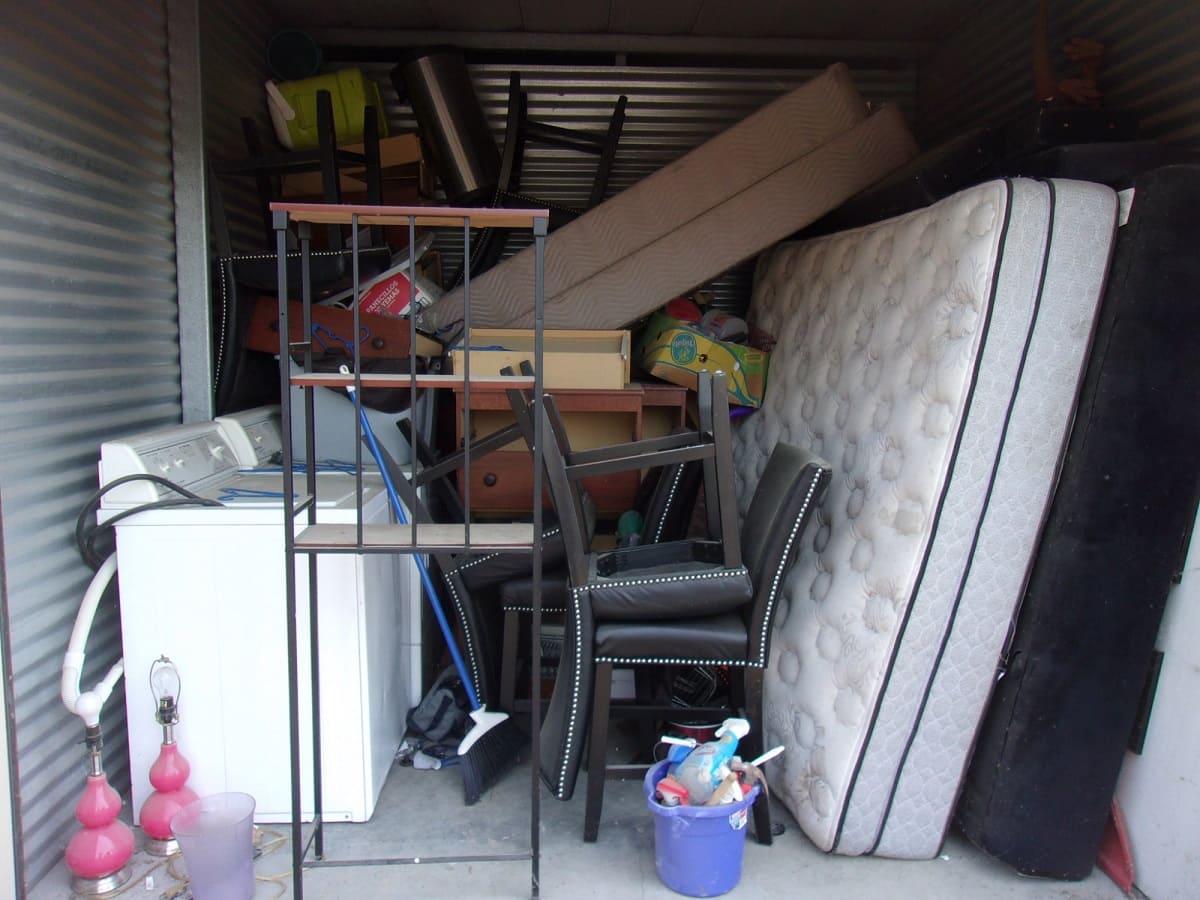

Articles
How To Store Mattress In Storage Unit
Modified: March 21, 2024
Learn the best ways to store your mattress in a storage unit with these helpful articles. Proper storage techniques will ensure your mattress remains clean and undamaged.
(Many of the links in this article redirect to a specific reviewed product. Your purchase of these products through affiliate links helps to generate commission for Storables.com, at no extra cost. Learn more)
Introduction
When it comes to storing household items, mattresses often present a unique challenge. Their size, weight, and delicate materials require special attention to ensure they remain in pristine condition during storage. Whether you’re downsizing, moving, or simply need to free up some space, properly storing your mattress in a storage unit is essential.
In this article, we will guide you through the step-by-step process of storing your mattress in a storage unit. From cleaning and preparing the mattress to organizing the storage unit, we will provide you with expert tips to keep your mattress safe and well-maintained.
By following these guidelines, you can extend the lifespan of your mattress and ensure that, when the time comes to retrieve it, it will be in excellent condition.
So let’s dive into the details and learn how to properly store a mattress in a storage unit!
Key Takeaways:
- Properly storing a mattress in a storage unit involves thorough cleaning, protective wrapping, and strategic placement to safeguard against dust, moisture, and pests. Following these steps ensures the mattress remains in pristine condition.
- Elevating the mattress off the ground, using moisture absorbers, and organizing the storage unit with care are crucial steps in maintaining the quality of the mattress during storage. By following these guidelines, you can ensure your mattress stays in excellent condition for future use.
Read more: How To Store A Mattress In A Storage Unit
Step 1: Clean and Prepare the Mattress
Before storing your mattress, it’s important to clean it thoroughly to prevent any stains, dirt, or odors from setting in. Follow these steps to ensure your mattress is clean and ready for storage:
- Remove all bedding: Start by stripping off all the bedding, including sheets, blankets, mattress protectors, and pillows. Wash and dry these items separately.
- Vacuum the mattress: Use a handheld vacuum or a vacuum cleaner with an upholstery attachment to remove any dust, debris, or pet hair from the surface of the mattress. Pay special attention to the seams and corners where dust tends to accumulate.
- Spot clean any stains: If you notice any stains on the mattress, tackle them right away. Use a mild detergent mixed with water and a clean cloth to gently dab at the stained area. Avoid using excessive water, as it can promote mold and mildew growth.
- Allow the mattress to air dry: After spot cleaning, let the mattress air dry completely before proceeding. This helps prevent moisture buildup and the potential growth of mold or mildew.
- Deodorize the mattress: To keep your mattress smelling fresh during storage, sprinkle baking soda over the entire surface. Allow it to sit for a few hours or overnight to absorb odors, then vacuum it off thoroughly.
By following these cleaning steps, you can ensure that your mattress is free from dirt, stains, and unpleasant odors before placing it in storage. A clean and prepared mattress will have a better chance of maintaining its quality during the storage period.
Step 2: Gather Necessary Materials
Before you can safely store your mattress in a storage unit, it’s essential to gather the necessary materials. These materials will help provide protection and ensure the mattress remains in good condition throughout the storage period. Here are the materials you’ll need:
- Plastic mattress cover: Invest in a durable, plastic mattress cover that is specifically designed for storage purposes. This cover will protect your mattress from dust, moisture, and pests.
- Mattress bag or box: If you prefer an extra layer of protection, consider using a mattress bag or box in addition to the plastic cover. This will provide an added barrier against potential damage.
- Packing tape: Secure the plastic cover or mattress bag with high-quality packing tape. Make sure the cover is tightly sealed to prevent any moisture or pests from entering.
- Moisture absorbers: To prevent moisture buildup inside the storage unit, place moisture absorbers such as silica gel packets or desiccant packs near the mattress. These will help maintain a dry environment and protect the mattress from humidity.
- Rope or bungee cords: If you have a larger storage unit or need to stack items on top of the mattress, it’s helpful to have rope or bungee cords to secure everything in place. This will minimize shifting during transport and storage.
Gathering these materials in advance will make the process of storing your mattress much smoother and more efficient. Having the necessary supplies on hand ensures that you can properly protect and secure your mattress in the storage unit.
Step 3: Disassemble Bed Frame (if applicable)
If your mattress is currently on a bed frame, it’s important to disassemble it before storing the mattress. This step will not only make it easier to transport and maneuver the mattress but also help save space in the storage unit. Here’s how to disassemble the bed frame:
- Remove the mattress: Carefully lift the mattress off the bed frame and set it aside in a safe location.
- Remove the mattress foundation or box spring: If your bed frame has a mattress foundation or box spring, remove it from the frame. These can usually be detached by unscrewing or unfastening the appropriate hardware.
- Disassemble the bed frame: Depending on the design of your bed frame, you may need to unscrew bolts, remove slats, or detach headboards and footboards. Refer to the manufacturer’s instructions if available, or use common sense for disassembling the frame.
- Keep hardware organized: As you disassemble the bed frame, be sure to keep all the screws, bolts, and other hardware in a secure container or bag. Labeling the container will help when it’s time to reassemble the bed frame.
By taking the time to disassemble the bed frame, you’ll have an easier time navigating the mattress through doorways and corridors. Additionally, storing the parts of the bed frame separately can help maximize space in the storage unit and prevent any unnecessary damage to the frame or mattress.
Step 4: Wrap the Mattress in a Protective Cover
Now that your mattress is clean and the bed frame is disassembled (if applicable), it’s time to wrap the mattress in a protective cover. This step is crucial to safeguard the mattress against dust, moisture, and potential damage during storage. Follow these instructions to properly wrap the mattress:
- Open the plastic mattress cover: Unfold the plastic mattress cover and ensure it is large enough to fully encase the mattress.
- Slide the mattress into the cover: Carefully lift one end of the mattress and slide it into the open end of the cover. Gradually pull the cover over the mattress, making sure it fits snugly.
- Slowly zip or seal the cover: If using a cover with a zipper, close it slowly, ensuring that both sides are fully sealed. If using a cover with adhesive strips or ties, follow the manufacturer’s instructions to securely seal the cover.
- Tape the cover for extra protection: To provide added protection against dust or moisture, use packing tape to further secure the edges and seams of the cover. Make sure there are no gaps or openings.
By wrapping your mattress in a protective cover, you create a barrier that minimizes the risk of dust, stains, and moisture affecting the mattress while it’s in storage. The cover acts as a shield, preserving the cleanliness and condition of the mattress.
When storing a mattress in a storage unit, make sure to clean and dry it thoroughly before wrapping it in a protective cover. Store it flat to prevent damage to the springs and foam. Avoid placing heavy items on top of the mattress to maintain its shape.
Read more: How To Store A Purple Mattress
Step 5: Elevate the Mattress off the Ground
After wrapping the mattress in a protective cover, it’s important to elevate it off the ground in the storage unit. This step helps to prevent potential damage from moisture, pests, and uneven surfaces. Follow these guidelines to effectively elevate the mattress:
- Use pallets or platforms: Place pallets or platforms on the floor of the storage unit to create a raised surface. These can be easily found or purchased at hardware stores or online.
- Ensure stability: Make sure the pallets or platforms are secure and stable before placing the mattress on them. Test for any wobbling or instability.
- Cover the elevating surface: Consider covering the pallets or platforms with a clean sheet or tarp to provide an additional layer of protection for the mattress. This can also help prevent any dust or debris from falling onto the mattress.
- Place the mattress on the elevated surface: Carefully lift the mattress with the help of another person, if needed, and position it on the pallets or platforms. Ensure that it is centered and balanced on the elevated surface.
Elevating the mattress off the ground serves as a safeguard against potential moisture or pest damage. It also allows for better air circulation around the mattress, reducing the risk of mold or mildew growth. By following this step, you can help maintain the overall quality of your mattress throughout its time in storage.
Step 6: Place Moisture Absorbers in the Storage Unit
To create an optimal storage environment for your mattress, it’s important to prevent moisture buildup. Moisture can lead to mold, mildew, and musty odors, which can significantly damage your mattress. Follow these steps to effectively control moisture in the storage unit:
- Choose appropriate moisture absorbers: Consider using moisture-absorbing products such as silica gel packets, desiccant packs, or calcium chloride crystals. These are readily available and help to absorb excess moisture from the air.
- Calculate the number of absorbers needed: Determine the size of your storage unit and the level of humidity in your area. Calculate the number of moisture absorbers required based on the recommended usage guidelines provided by the manufacturer.
- Place absorbers strategically: Position the moisture absorbers throughout the storage unit, focusing on areas where moisture is likely to accumulate. This can include corners, near the walls, or beneath the elevated mattress.
- Replace absorbers periodically: Depending on the specific product, moisture absorbers may need to be replaced or recharged at regular intervals. Follow the manufacturer’s instructions for maintenance and replacement.
By placing moisture absorbers in the storage unit, you create a drier environment and reduce the risk of mold, mildew, and moisture-related damage to your mattress. This step is especially important if you live in a humid climate or if your storage unit is prone to moisture buildup.
Step 7: Load the Mattress into the Storage Unit
Now that you’ve prepared the mattress and the storage unit, it’s time to safely load the mattress into the unit. Follow these steps to ensure a smooth and secure process:
- Measure the entryways: Before attempting to move the mattress into the storage unit, measure all entryways to ensure the mattress can fit through without any issues. This includes doorways, hallways, and elevator openings.
- Enlist the help of others: Mattresses can be heavy and cumbersome, so it’s advisable to have at least one or two people to assist with the lifting and maneuvering.
- Use proper lifting techniques: When lifting the mattress, bend at the knees and use your leg muscles rather than straining your back. Lift with a straight back and maintain a firm grip on the mattress.
- Take caution when navigating tight spaces: Be careful when moving the mattress around corners, narrow hallways, or staircases. Slow and steady movement will help avoid any damage to the mattress or surrounding walls.
- Position the mattress in the storage unit: Once inside the storage unit, carefully place the mattress in the desired location. Avoid stacking heavy items on top of the mattress to prevent compression or distortion.
By following these steps, you can ensure a safe and efficient process of loading the mattress into the storage unit. Remember to take your time and use caution to avoid any potential accidents or damage to the mattress.
Step 8: Organize the Storage Unit with Care
After successfully loading the mattress into the storage unit, it’s important to organize the remaining space with care. This will help maximize space, ensure easy access to the mattress when needed, and prevent any potential damage. Here are some tips for organizing your storage unit:
- Create a pathway: Allow for a clear pathway within the storage unit so that you can easily navigate and locate the mattress when required. This will prevent any accidental damage while moving other items.
- Leave space between items: Avoid tightly packing items together. Leave some space between boxes and furniture to allow for airflow and minimize the risk of moisture or pest accumulation.
- Consider vertical storage: If you have limited floor space, consider utilizing vertical storage options such as shelves or stacking boxes to make the most of the available space.
- Protect fragile items: If you are storing fragile items along with the mattress, use appropriate packing materials such as bubble wrap or foam padding to ensure their safety.
- Label and inventory: Clearly label boxes and containers to easily identify their contents. Keep an inventory list of everything stored in the unit, including the location of the mattress.
By organizing the storage unit with care, you not only maintain a neat and efficient space but also reduce the risk of any damage to the mattress or other items. This step is important for easy access and retrieval of the mattress when the time comes.
Read more: How To Store A Futon Mattress
Conclusion
Properly storing a mattress in a storage unit is essential for maintaining its quality and ensuring it remains in pristine condition. By following the step-by-step process outlined in this article, you can safeguard your mattress from dust, moisture, pests, and other potential damage.
Starting with cleaning and preparing the mattress, you’ll remove any dirt or stains and ensure it’s ready for storage. Gathering the necessary materials, such as a plastic cover, mattress bag, and moisture absorbers, provides an extra layer of protection.
If your mattress is on a bed frame, disassembling it will make transportation and storage much more manageable. Wrapping the mattress in a protective cover and elevating it off the ground further shield it from potential harm.
Placing moisture absorbers in the storage unit helps control humidity and prevents mold or mildew growth. Loading the mattress with the help of others and organizing the storage unit with care ensure a safe and efficient process.
Remember, when it’s time to retrieve your mattress, you’ll appreciate the effort you put into storing it properly. Take the time to follow these steps, and your mattress will be in excellent condition, ready for use whenever you need it.
So, whether you’re moving, downsizing, or just need temporary storage, follow these guidelines to store your mattress with confidence and peace of mind.
Frequently Asked Questions about How To Store Mattress In Storage Unit
Was this page helpful?
At Storables.com, we guarantee accurate and reliable information. Our content, validated by Expert Board Contributors, is crafted following stringent Editorial Policies. We're committed to providing you with well-researched, expert-backed insights for all your informational needs.
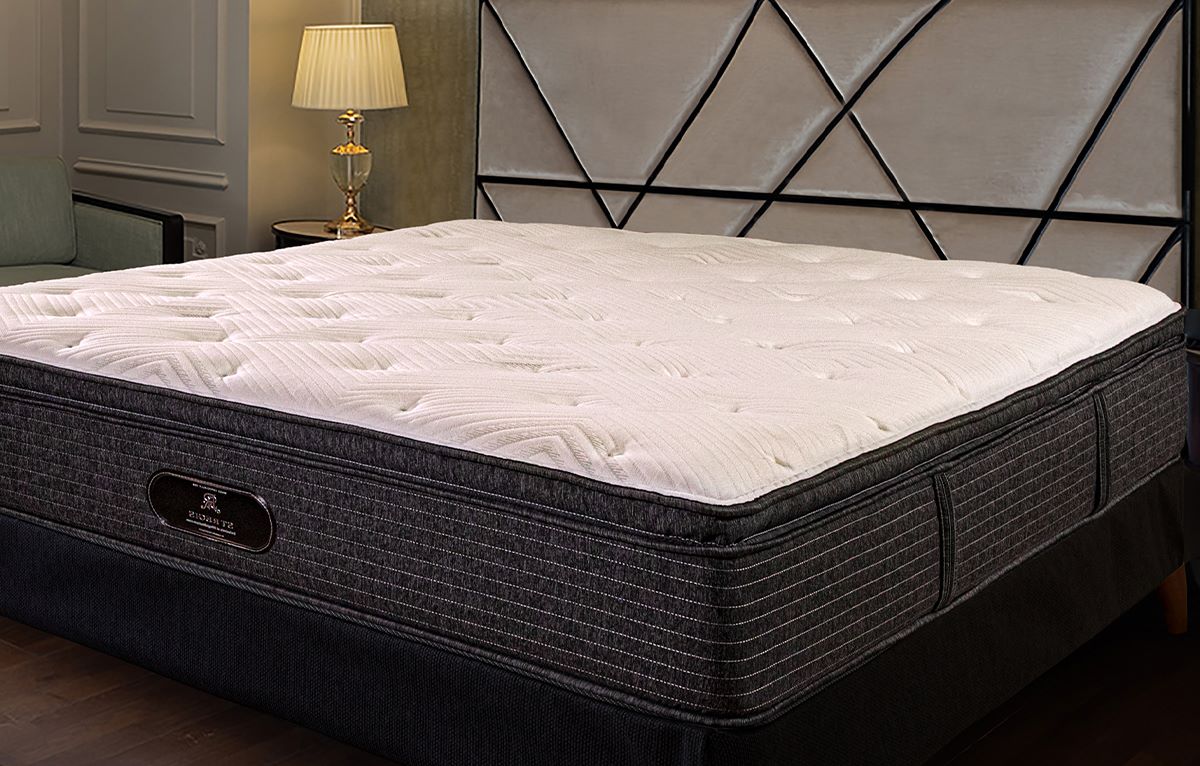

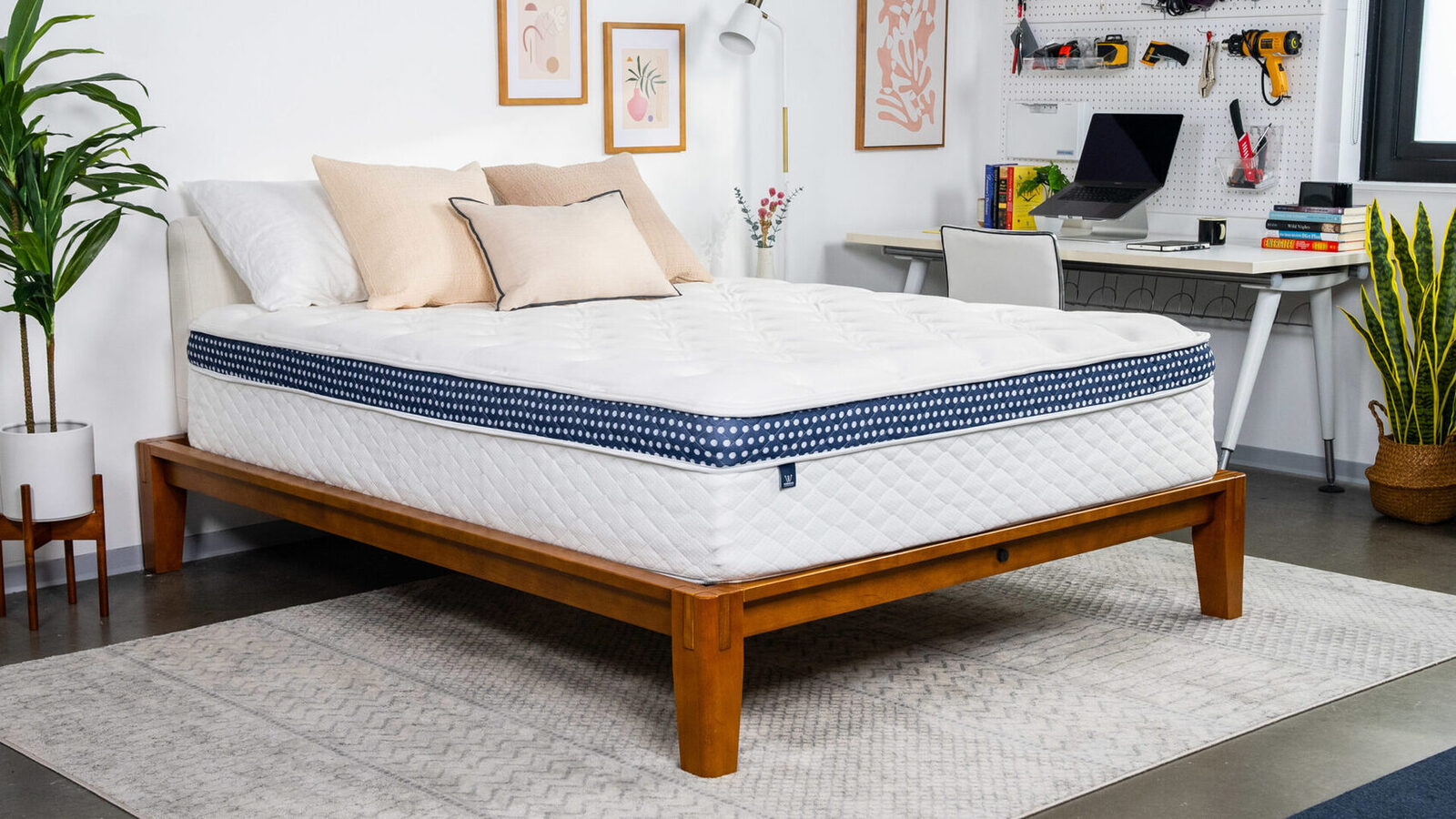
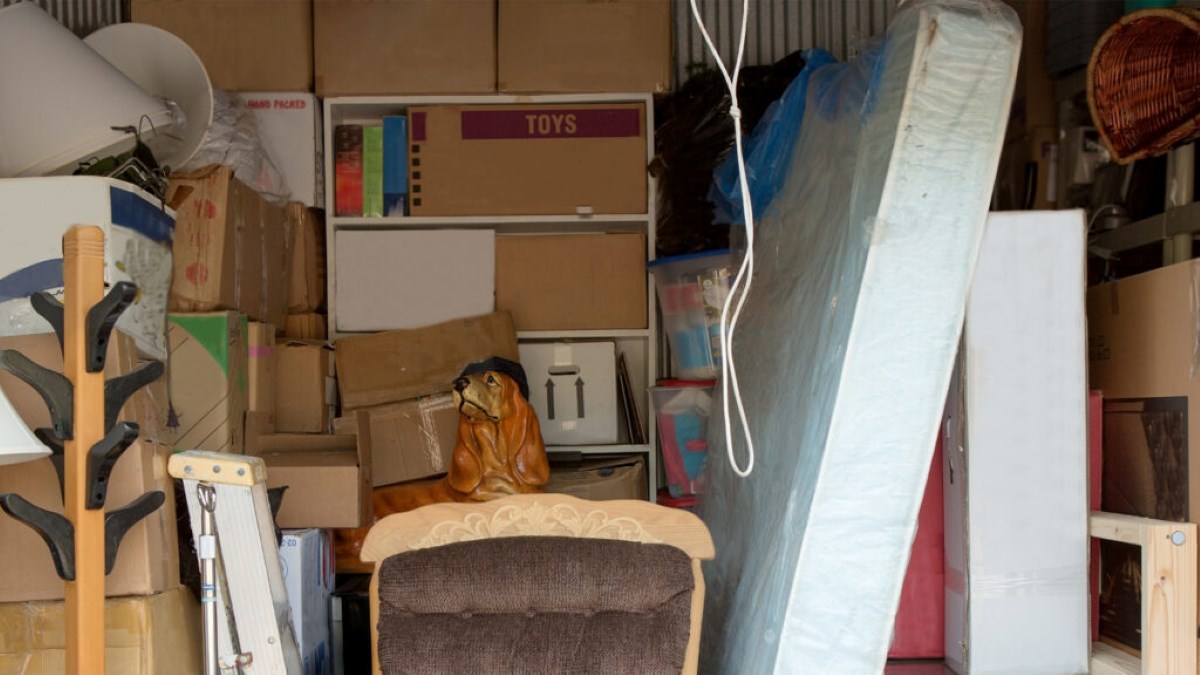
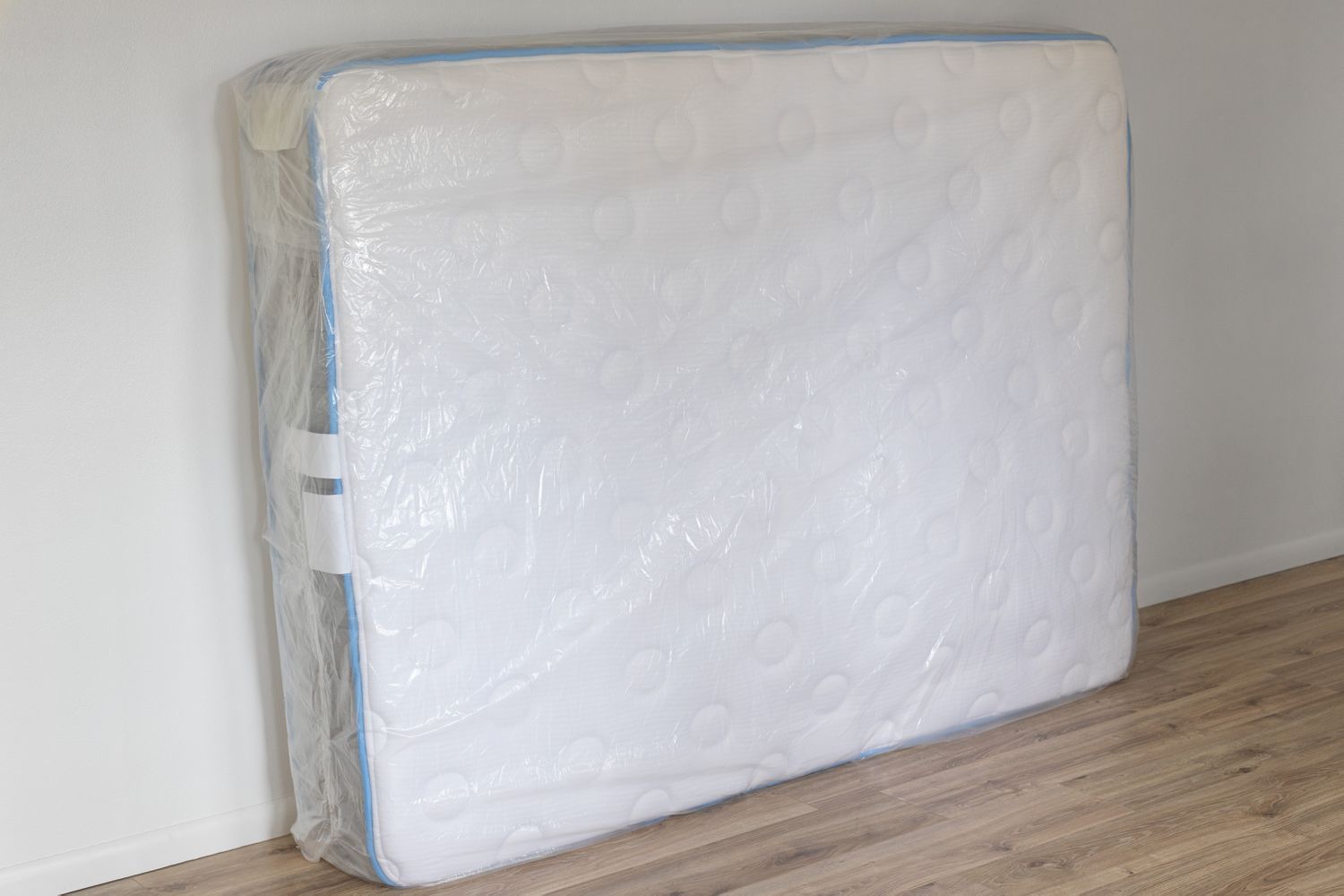

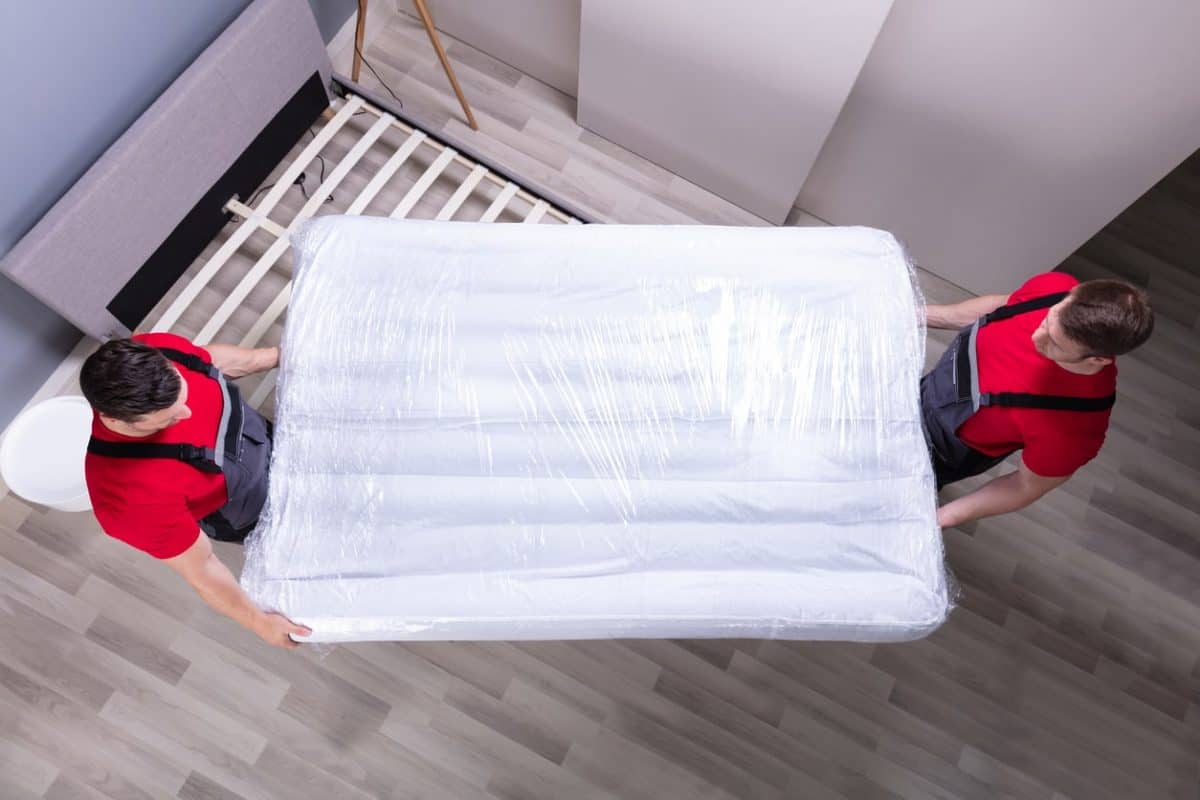
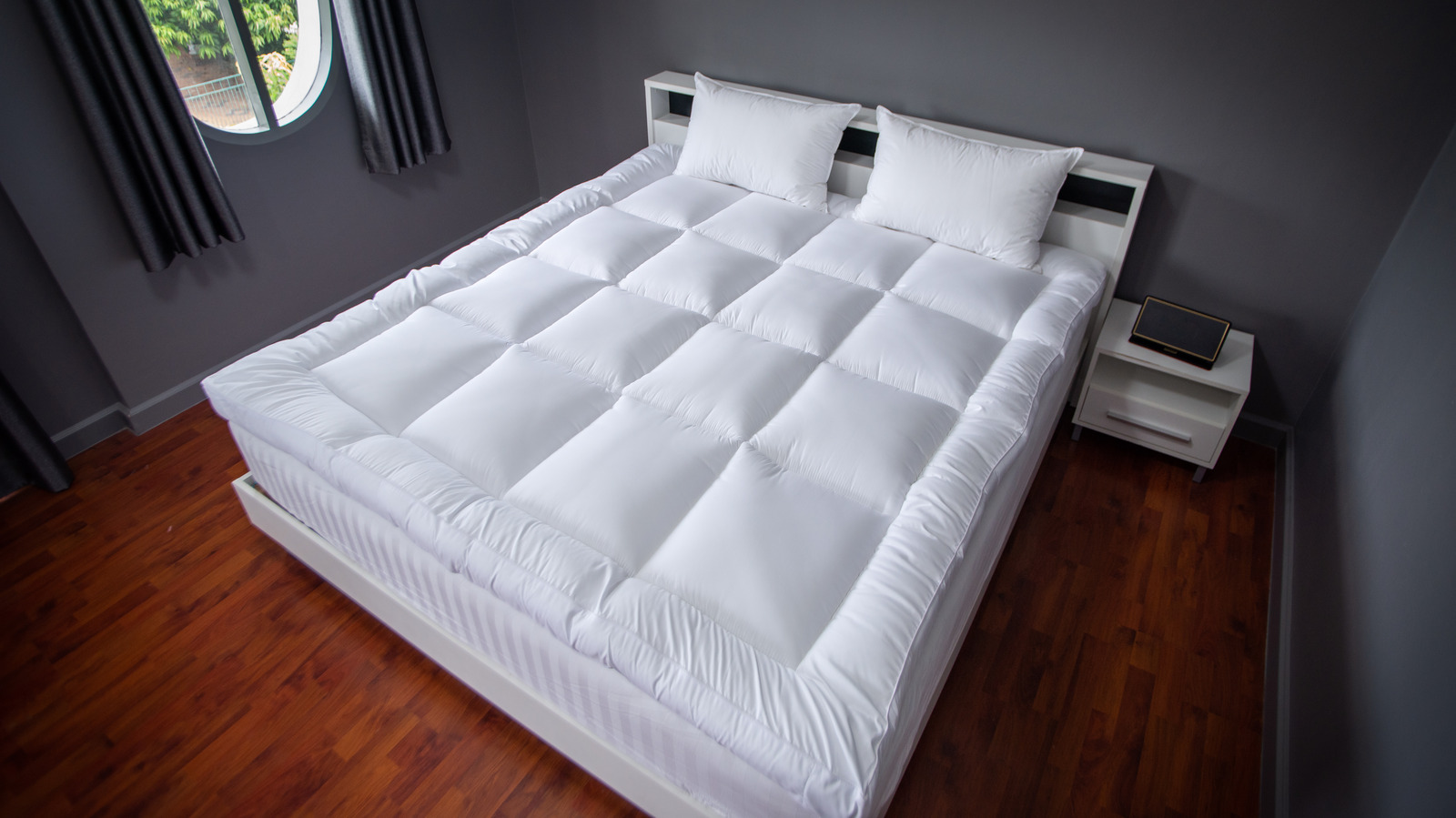
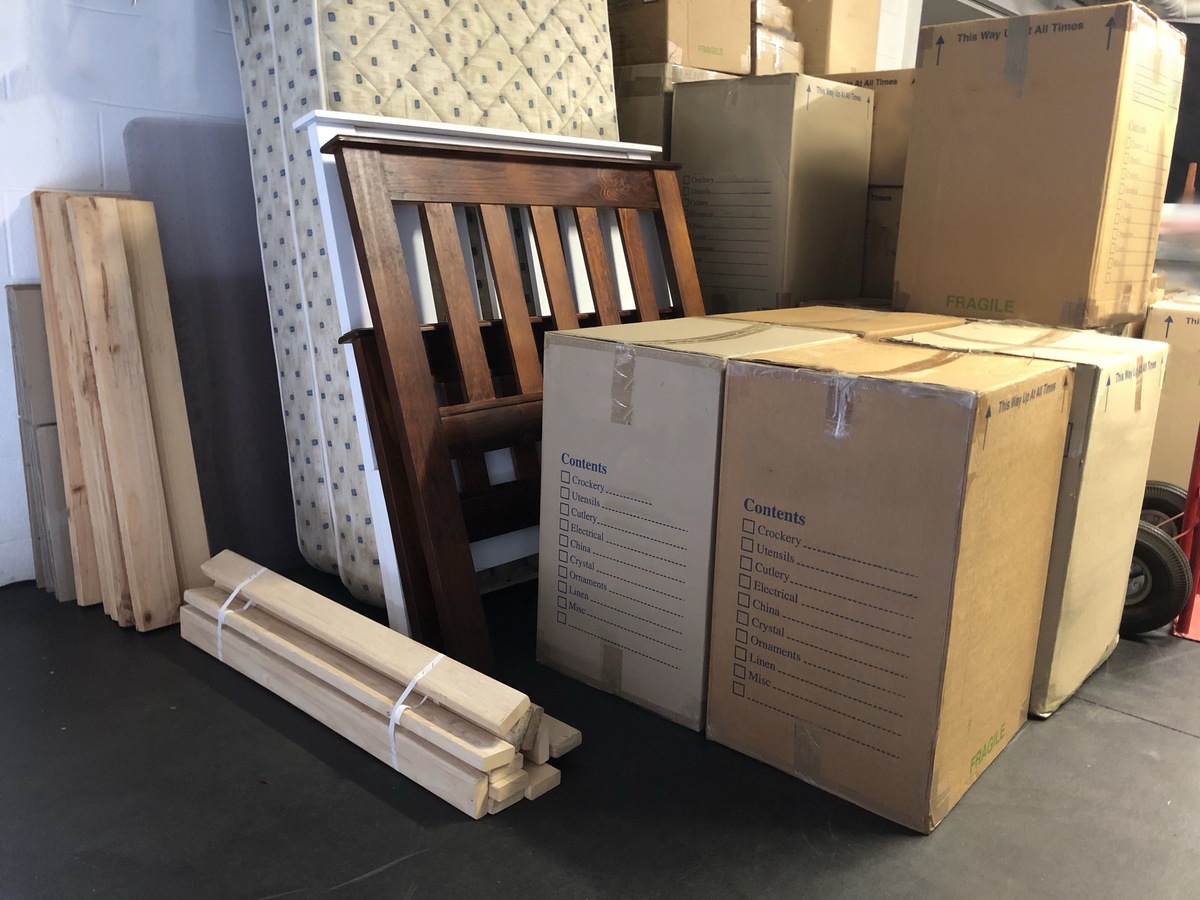
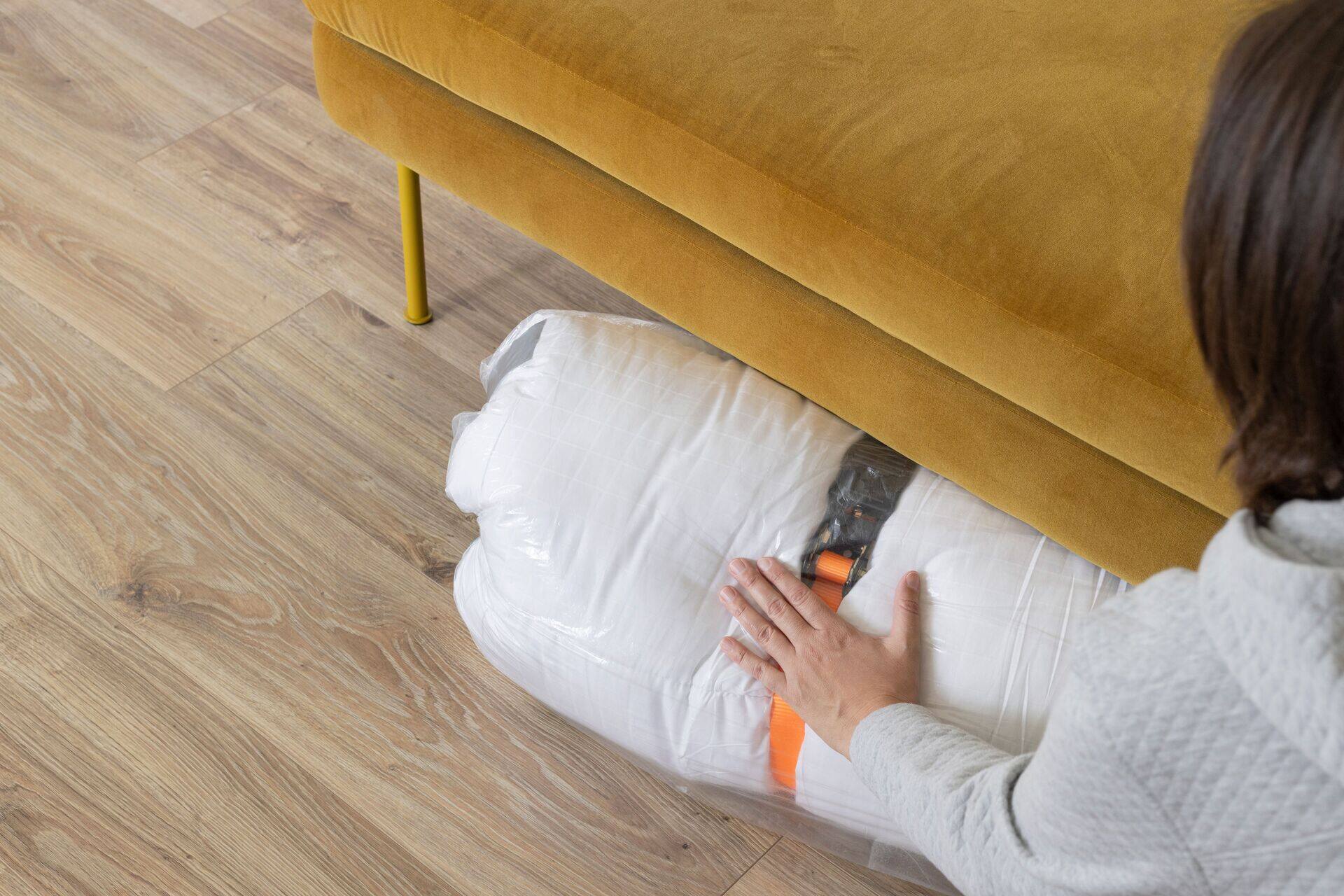
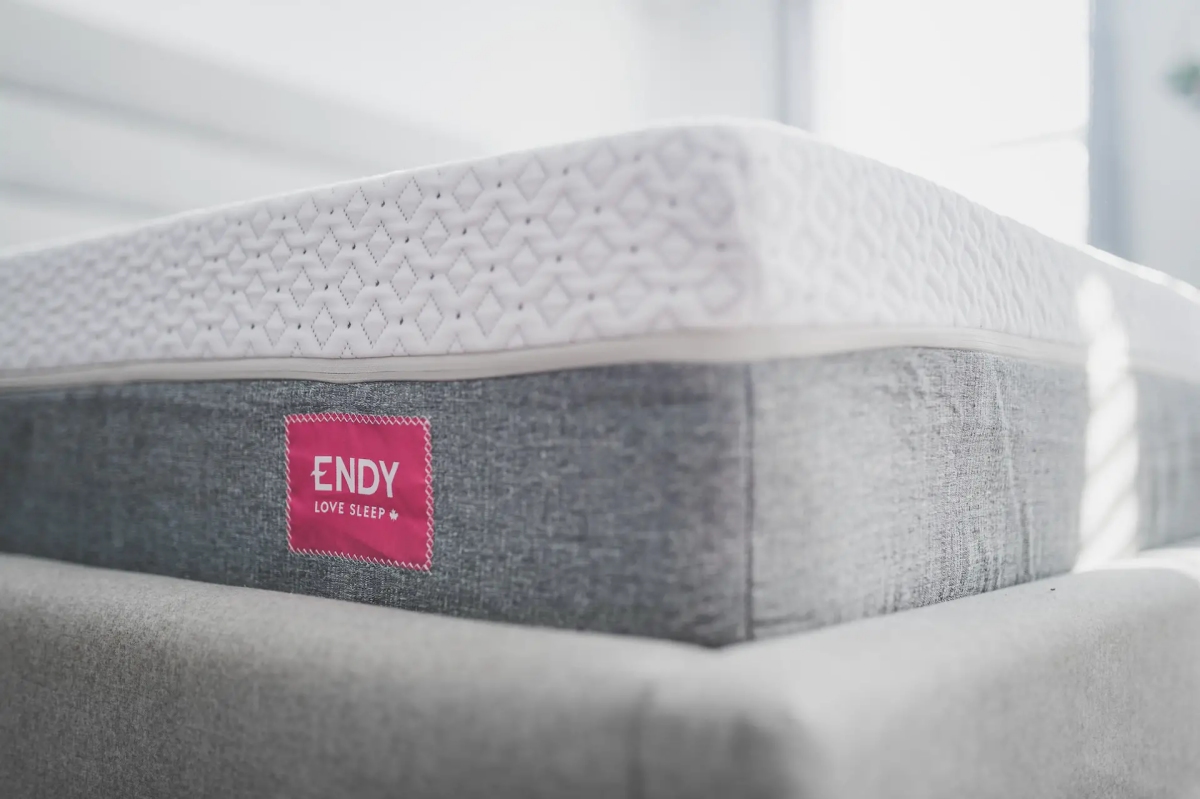
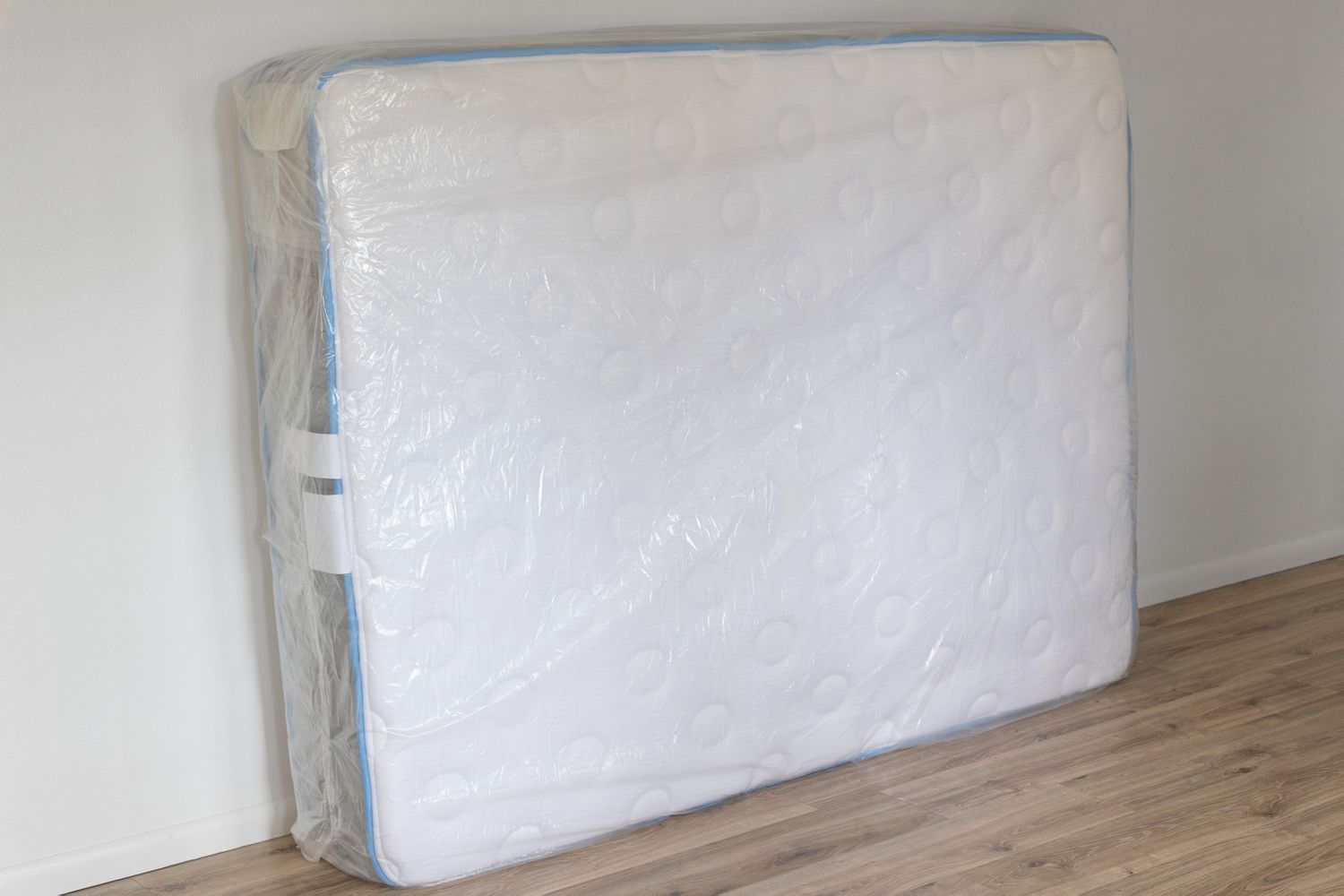
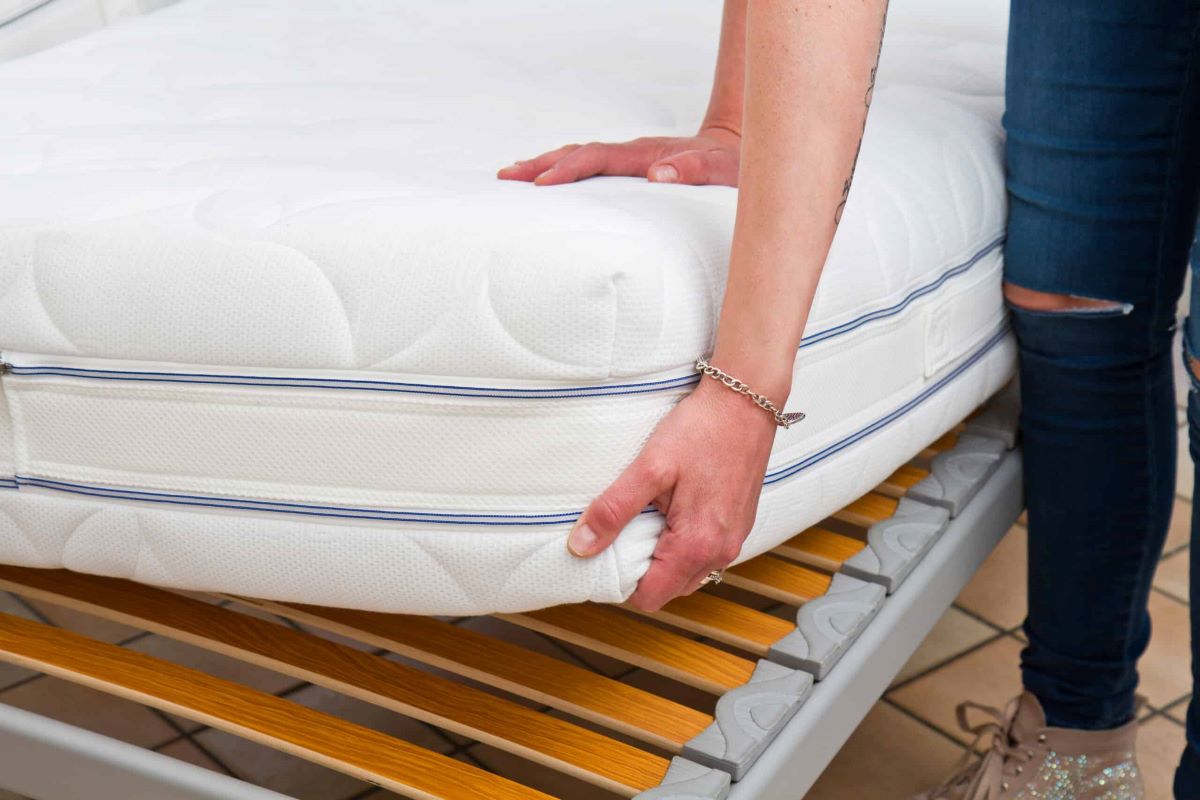

0 thoughts on “How To Store Mattress In Storage Unit”